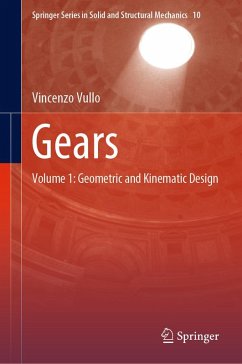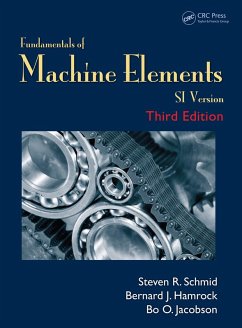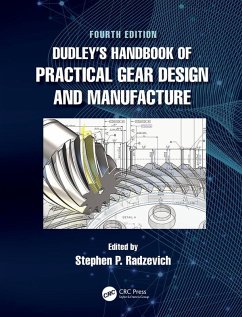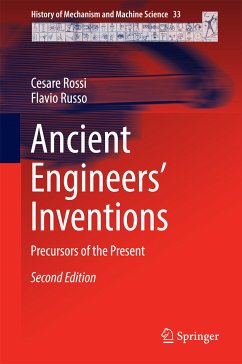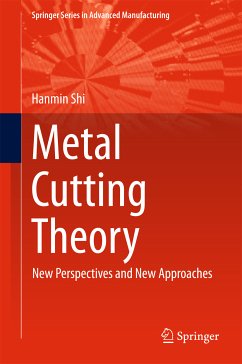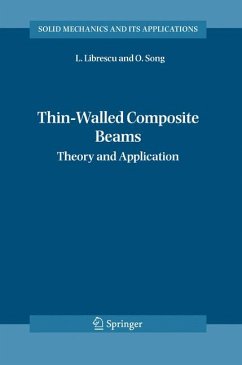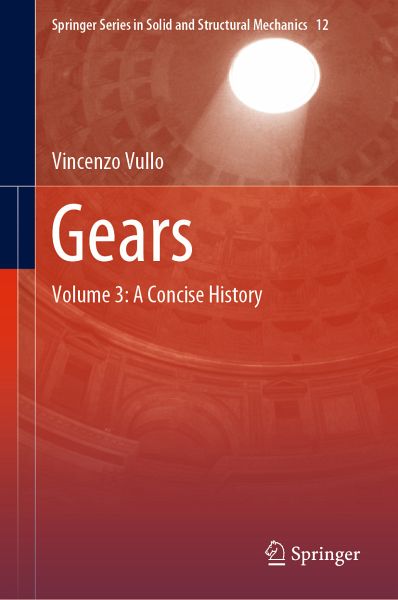
Gears (eBook, PDF)
Volume 3: A Concise History
Versandkostenfrei!
Sofort per Download lieferbar
104,95 €
inkl. MwSt.
Weitere Ausgaben:

PAYBACK Punkte
52 °P sammeln!
This book provides a compact history of gears, by summarizing the main stages of their development and the corresponding gradual acquisition of engineering expertise, from the antiquity to the Renaissance and the twentieth century. This brief history makes no claim to be exhaustive, since the topic is so extensive, complex and fascinating that it deserves an entire encyclopedia. Despite its brevity, the book debunks a number of popular misconceptions, such as the belief that the first literary description of a gear was supplied by Aristotle. It disproves not only this myth, but also other pere...
This book provides a compact history of gears, by summarizing the main stages of their development and the corresponding gradual acquisition of engineering expertise, from the antiquity to the Renaissance and the twentieth century. This brief history makes no claim to be exhaustive, since the topic is so extensive, complex and fascinating that it deserves an entire encyclopedia. Despite its brevity, the book debunks a number of popular misconceptions, such as the belief that the first literary description of a gear was supplied by Aristotle. It disproves not only this myth, but also other peremptory statements and/or axiomatic assumptions that have no basis in written documents, archaeological findings or other factual evidence. The book is chiefly intended for students and lecturers, historians of science and scientists, and all those who want to learn about the genesis and evolution of this topic.
Dieser Download kann aus rechtlichen Gründen nur mit Rechnungsadresse in A, B, BG, CY, CZ, D, DK, EW, E, FIN, F, GR, HR, H, IRL, I, LT, L, LR, M, NL, PL, P, R, S, SLO, SK ausgeliefert werden.




